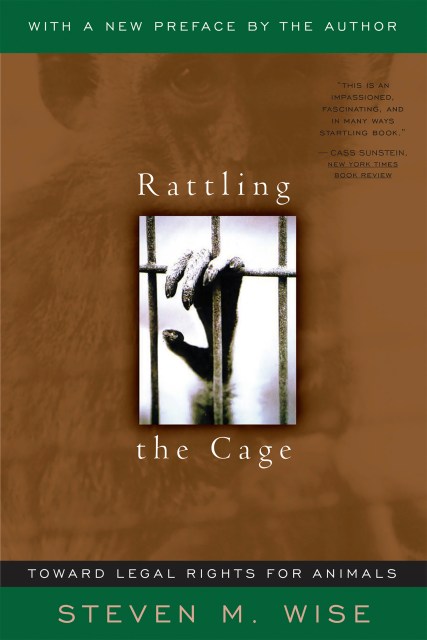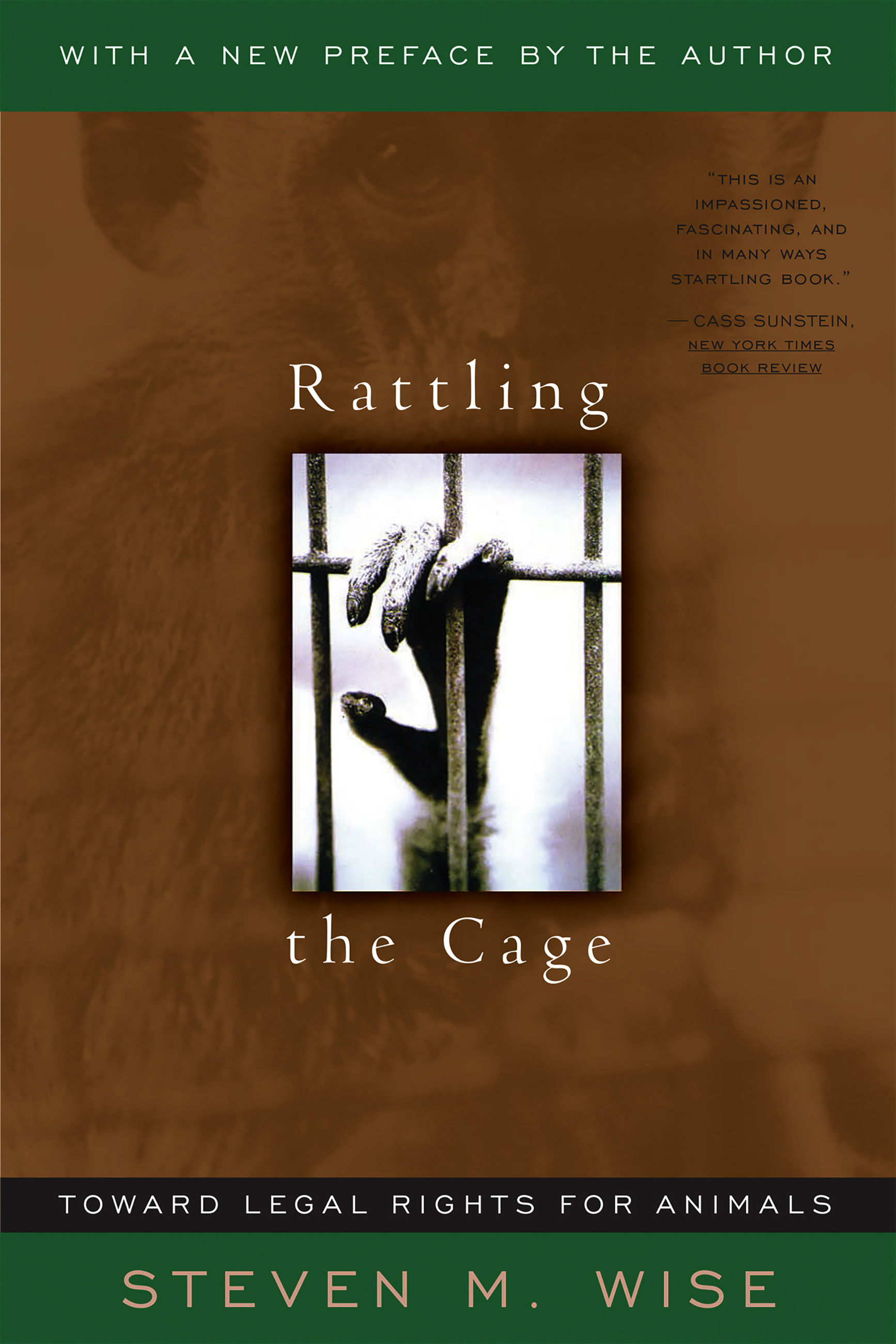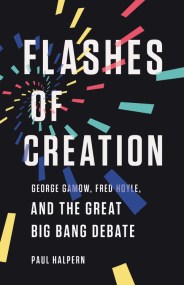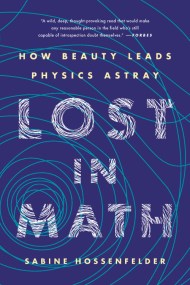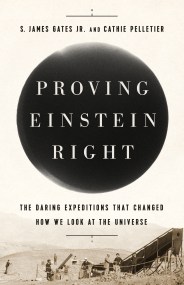Promotion
Use code MOM24 for 20% off site wide + free shipping over $45
Rattling The Cage
Toward Legal Rights For Animals
Contributors
Foreword by Jane Goodall
Formats and Prices
Price
$24.99Price
$31.99 CADFormat
Format:
- Trade Paperback $24.99 $31.99 CAD
- ebook $11.99 $15.99 CAD
This item is a preorder. Your payment method will be charged immediately, and the product is expected to ship on or around January 11, 2001. This date is subject to change due to shipping delays beyond our control.
Also available from:
In this witty, moving, persuasive, and impeccably researched argument, Wise demonstrates that the cognitive, emotional, and social capacities of these apes entitle them to freedom from imprisonment and abuse.
Genre:
- On Sale
- Jan 11, 2001
- Page Count
- 384 pages
- Publisher
- Da Capo Press
- ISBN-13
- 9780738204376
Newsletter Signup
By clicking ‘Sign Up,’ I acknowledge that I have read and agree to Hachette Book Group’s Privacy Policy and Terms of Use
